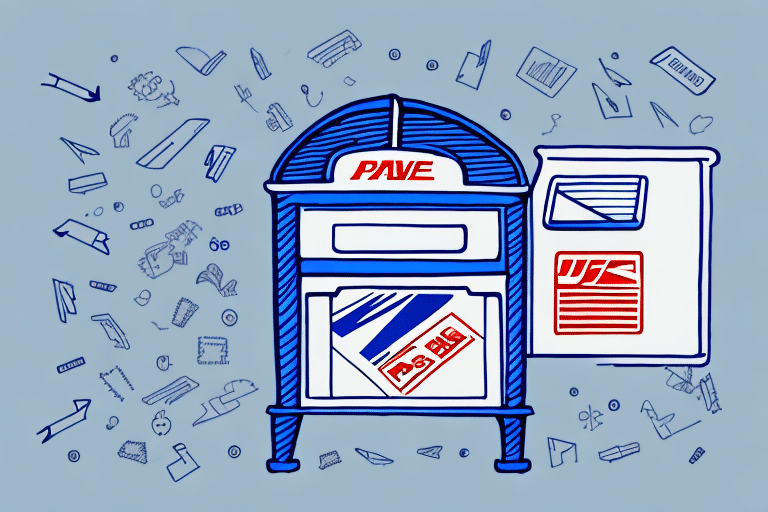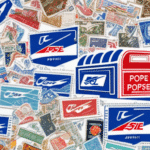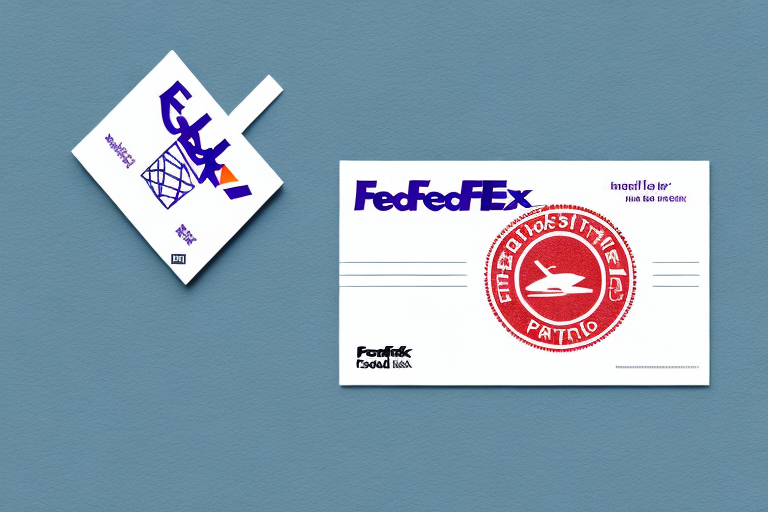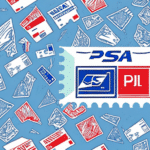Introduction to USPS First Class Mail
First Class Mail is one of the most widely used domestic mail services in the United States, offering a reliable and cost-effective method for sending letters, postcards, large envelopes, and small packages. With delivery times typically ranging from 1-3 business days, First Class Mail is a popular choice for personal and business correspondence alike. However, understanding the intricacies of USPS rates and how they are determined can help you optimize your mailing strategy and reduce costs.
Factors Influencing First Class Mail Rates
Weight and Dimensions
The cost of First Class Mail is primarily determined by the weight and size of the item being sent. USPS categorizes mail based on weight increments, with each additional ounce increasing the postage cost. Additionally, oversized items may incur higher rates or fall into different mailing categories.
Distance and Zone-Based Pricing
USPS utilizes a zone-based pricing system that accounts for the distance between the mail's origin and its destination. Shipping items to far-reaching locations like from New York to California will generally be more expensive than shorter distances such as within the same state.
Mail Class and Additional Services
Choosing additional services such as Certified Mail, insurance, or delivery confirmation can increase the overall cost of sending First Class Mail. It's essential to evaluate which services are necessary for your specific mailing needs to avoid unnecessary expenses.
Comparing First Class Mail with Other USPS Services
First Class Mail vs. Priority Mail
While First Class Mail is ideal for lightweight and personal correspondence, Priority Mail offers faster delivery times and additional services like tracking and insurance. Priority Mail is suitable for heavier packages and items requiring expedited delivery. According to the USPS Priority Mail page, delivery is typically guaranteed within 1-3 business days, with flat rate options available for specific package sizes.
First Class Mail vs. Express Mail
Express Mail is the fastest USPS service, providing overnight delivery to most U.S. locations. It includes features such as tracking, insurance, and money-back guarantees. While more expensive than First Class Mail, Express Mail is ideal for urgent and high-value shipments.
Cost-Saving Strategies for First Class Mail
Use Metered Postage
Metered mail, obtained from USPS-approved postage meters, can be more cost-effective than traditional stamps. Metered postage often qualifies for discounted rates and can streamline the mailing process for businesses sending large volumes of mail.
Presort Your Mail
Organizing your mail by ZIP code before sending can lead to significant postage discounts. According to the USPS Business Mail Advantages, presorted mail can reduce processing costs, resulting in lower overall postage expenses.
Utilize USPS Flat Rate Envelopes
Flat rate envelopes offer a fixed mailing cost regardless of weight or distance, making them an economical choice for sending heavier items within the First Class Mail weight limit. This can be particularly beneficial for businesses shipping documents or small products.
Packaging and Labeling Best Practices
Proper Packaging Materials
Using appropriate packaging materials ensures the safety and integrity of your mail. USPS recommends sturdy envelopes for documents and padded envelopes or boxes for fragile or heavier items. Refer to the USPS Packaging Options for detailed guidelines.
Accurate Addressing
Clear and accurate addressing is crucial for timely delivery. Include the recipient’s full name, street address, city, state, and ZIP code. Avoid abbreviations and ensure the label is securely affixed to prevent misdelivery.
Correct Postage Application
Ensure that the correct amount of postage is applied based on the mail’s weight and size. Underpaying can result in return or delay, while overpaying unnecessarily increases costs.
Common Mistakes to Avoid When Using First Class Mail
Incorrect Weight Calculation
Accurately weighing your mail before sending is essential. Misestimating weight can lead to insufficient postage, causing delays or additional fees. Utilize a reliable scale to determine the exact weight of your items.
Neglecting Size Restrictions
First Class Mail has specific size limitations. Sending items that are too large or bulky may require upgrading to a different mail class, incurring higher costs. Always check the USPS First Class Mail guidelines for size requirements.
Lack of Tracking for Important Shipments
If your mail contains valuable or time-sensitive items, relying solely on First Class Mail's limited tracking can be risky. Consider using tracking services or higher mail classes like Priority Mail for added security and peace of mind.
Resources for Further Information
- USPS Official Website - Comprehensive information on mail services, rates, and tools.
- USPS Domestic Mail Manual - Detailed guidelines and regulations for USPS mail services.
- USPS Priority Mail - Information on Priority Mail services and pricing.
Conclusion
Understanding the factors that influence USPS First Class Mail rates is essential for optimizing your mailing strategy and managing costs effectively. By considering weight, dimensions, distance, and additional services, you can make informed decisions that best suit your mailing needs. Implementing cost-saving strategies such as metered postage, presorting, and utilizing flat rate envelopes can further enhance your efficiency. Always adhere to best practices in packaging and addressing to ensure timely and accurate delivery. For more detailed information and updates on USPS services, refer to the official USPS website.




















